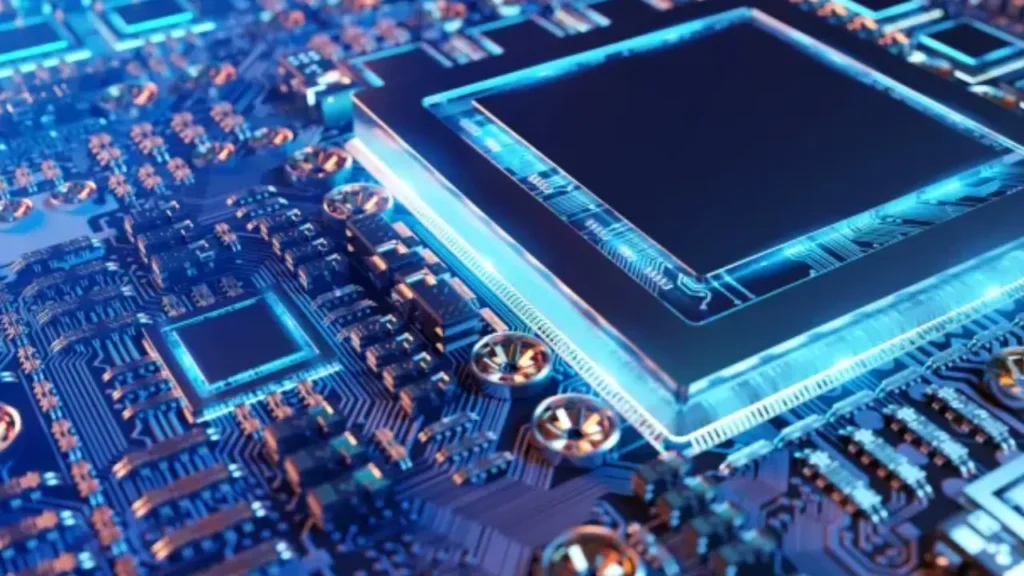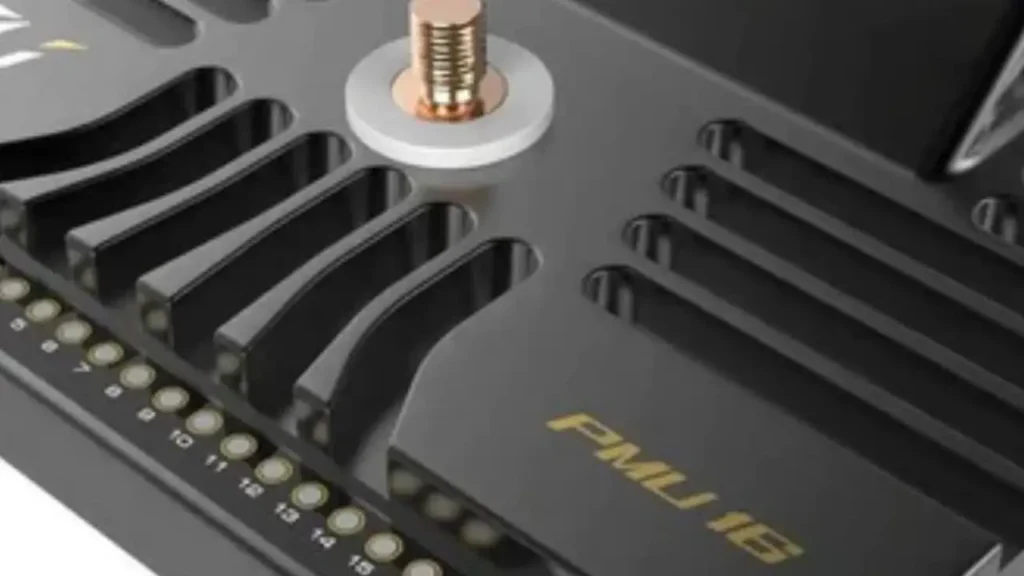Power Management is a critical aspect of modern electronic devices, ensuring optimal performance, efficiency, and battery life. Two key components often at the heart of these systems are the Power Management Integrated Circuit (PMIC) and the Power Management Unit (PMU).
While these terms might seem interchangeable, they represent distinct levels of integration and functionality. In this blog, we’ll delve into the differences between PMICs and PMUs, exploring their roles, components, and applications.
By the end of this post, you’ll have a clear understanding of when to use a PMIC and when a PMU is the better choice for your electronic design.
Let’s start by defining these terms and exploring their basic functions.
What Is PMIC?

A Power Management Integrated Circuit (PMIC) is a specialized chip designed to manage power within electronic devices efficiently. It integrates multiple power management functions onto a single chip, reducing the overall component count and improving system performance.
Key Functions of a PMIC:
- Voltage Regulation: Converts input voltage to desired output voltages.
- Power Switching: Controls the flow of power to different components.
- Battery Charging: Manages battery charging process.
- Power Sequencing: Controls the power-on and power-off sequence of different components.
- Power Path Management: Selects the optimal power source (battery or external power).
- Overcurrent and Overvoltage Protection: Protects the device from abnormal conditions.
In essence, a PMIC acts as the power distribution and management center of an electronic device.
Would you like to learn more about the specific components of a PMIC or its applications?
What Is PMU?

PMU in the context of electronics typically refers to Power Management Unit.
A Power Management Unit (PMU) is a highly integrated circuit that handles various power management functions within a system. It’s often found in portable devices like smartphones, tablets, and wearables.
Key Functions of a PMU:
- System-Level Power Management: Controls overall system power states (sleep, idle, active).
- Clock Management: Generates and controls clock signals for different components.
- Voltage Scaling: Adjusts processor voltage based on workload.
- Battery Charging: Manages battery charging process.
- Real-Time Clock (RTC): Maintains time and date information.
- Sensor Hub: Interfaces with various sensors for data acquisition.
Essentially, a PMU is responsible for optimizing power consumption and extending battery life in electronic devices.
Would you like to delve deeper into the differences between PMICs and PMUs or explore specific applications for PMUs?
PMIC vs PMU: Key Differences
While both PMICs and PMUs are essential for power management in electronic devices, they serve different purposes and have varying levels of integration.
PMIC (Power Management Integrated Circuit)
- Focus: Primarily on power conversion and distribution.
- Components: Includes voltage regulators, power switches, battery chargers, and other power-related functions.
- Integration: Integrates multiple power management functions onto a single chip.
- Application: Widely used in various electronic devices, from smartphones to industrial equipment.
PMU (Power Management Unit)
- Focus: System-level power management, often including power states, clock management, and sensor interfaces.
- Components: Typically includes voltage regulators, clock generators, power gates, and sensor interfaces.
- Integration: Higher level of integration compared to PMICs, often including additional features like real-time clocks and power-on reset circuits.
- Application: Primarily used in portable devices like smartphones, wearables, and IoT devices.
Key Differences Summarized:
| Feature | PMIC | PMU |
|---|---|---|
| Focus | Power conversion and distribution | System-level power management |
| Integration Level | Lower | Higher |
| Typical Components | Voltage regulators, switches, chargers | Voltage regulators, clock generators, power gates, sensors |
| Applications | Wide range of devices | Primarily portable devices |
In essence:
- A PMIC is like the power distribution center of a device.
- A PMU is more like the power management brain, overseeing the overall power efficiency and performance.
Often, a PMU will incorporate a PMIC as a core component to handle the lower-level power management tasks.
Would you like to explore specific use cases or delve deeper into the components of PMICs and PMUs?
Conclusion
In conclusion, while both PMICs and PMUs are essential for efficient power management in electronic devices, they serve distinct roles. PMICs excel at power conversion and distribution, while PMUs focus on system-level power management and optimization.
Understanding the nuances between these two components is crucial for designing power-efficient and reliable electronic products. By carefully selecting the appropriate combination of PMICs and PMUs, engineers can optimize battery life, enhance performance, and meet the specific requirements of their target applications.
Are you looking for high-performance PMICs and PMUs for your next project? Our integrated circuit manufacturer offers a wide range of solutions tailored to meet your specific needs. Contact us today to discuss your requirements and explore our product offerings.